Giving Good People Bad News
How to tell someone you breached their privacy
Throughout your career, if you deal with personal information at all, you will probably breach someone’s privacy or be involved in responding to a breach. It’s not fun to think about but it’s worth being prepared so when the inevitable happens, you know what to do!
Often a breach will go undetected and you might not even know it’s happened and if it’s low-level enough, you won’t need to the tell the victim that their privacy was breached.
A breach may be alerted to you by the staff member who made the error and accidentally sent a sensitive email containing someone’s mental health information to thirteen random people or it may be the recipients of the email or a member of the public if someone was lucky enough to leave a bunch of documents with personal information in it on the top of their car while they went for a surf! Either way, it’s action stations for everyone involved.
There are countless guides on how to respond to a breach - prepare, contain, eradicate, recover, evaluate etc etc - the point of this blog isn’t to rehash that but instead to give you some really practical, real world suggestions for how to tell the victim(s) of the breach.
Saying sorry is scary
but it doesn’t have to be.
The Privacy Commissioner is a big advocate of saying sorry and having it come from the heart. If your privacy has been breached, you don’t really want to hear a “sorry this happened to you” from an organisation, you want your hurt, worry and embarrassment to be heard and understood and most importantly, you want to know what the agency will do to fix it.
Do
Say sorry
Keep it simple
Acknowledge hurt and distress
Have an action plan
Don't
Justify your actions
Overexplain
Gaslight
Make empty promises
Here’s an example of how to tell someone the bad news in a good way. In this case, an unlucky staff member has accidentally left sensitive documents containing personal information on a train.










